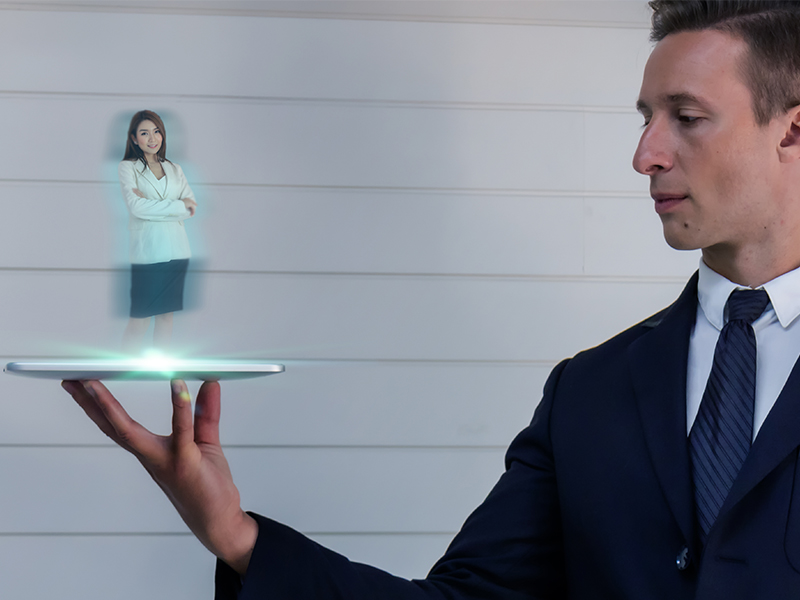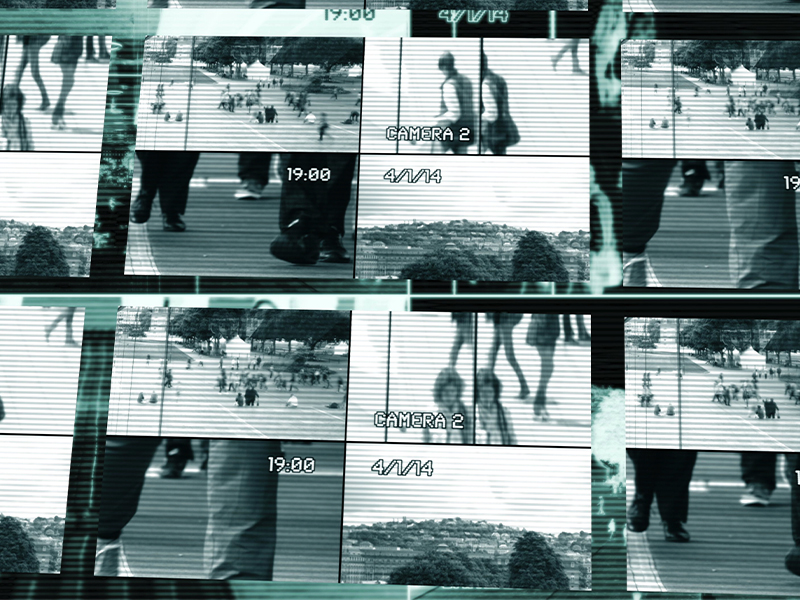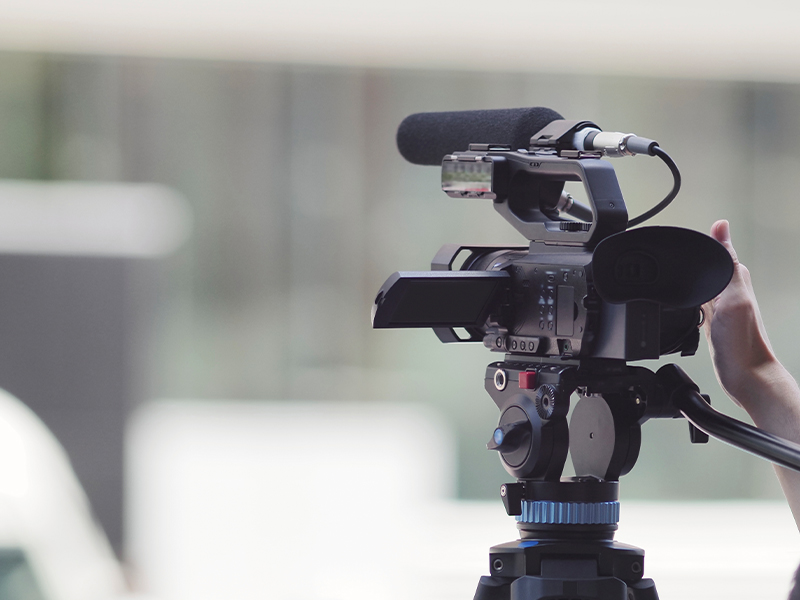Law and technology have a complex relationship; the former often lags behind the latter, necessitating ongoing adaptations to accommodate advancements in the digital world. One such technological innovation that has caught the world’s attention is the concept of holographic witnesses in courtrooms. A futuristic notion, it merges advanced holography with legal practice, triggering fascinating debates concerning its feasibility, benefits, and potential pitfalls. This article will delve into whether or not we are heading towards an era where holograms will replace flesh-and-blood witnesses on the stand.
Understanding Holographic Witnesses
The idea of holographic witnesses presupposes the use of advanced holography to represent a witness’s three-dimensional likeness in the courtroom. Coupled with prerecorded statements or real-time communication, this technique could enable witness testimony without physical presence, potentially revolutionizing legal proceedings.
Benefits of Holographic Witnesses
The use of holographic witnesses brings many potential benefits. Firstly, it could substantially reduce the logistical challenges of bringing a witness to court. Witnesses often have to travel significant distances, disrupting their personal and professional lives. For vulnerable witnesses or those residing overseas, the obstacles can be even more daunting. Holography could resolve these issues, allowing witnesses to testify from their own homes or other secure locations.
Moreover, holographic witnesses could enhance the safety and comfort of individuals who might otherwise feel intimidated or threatened in a courtroom environment, such as victims of violent crimes or minor witnesses. The use of a holographic image can serve as a protective layer, shielding them from potential trauma associated with face-to-face confrontation.
Concerns about Holographic Witnesses
However, the implementation of holographic witnesses is not without challenges. Foremost is the question of authenticity. Legal proceedings demand the utmost integrity, and any manipulation of a holographic representation could undermine the veracity of the testimony. With deepfake technology becoming increasingly sophisticated, discerning fact from fiction may become extremely challenging.
Furthermore, the issue of cross-examination arises. In-person questioning allows for non-verbal cues like body language and facial expressions to be scrutinized, which often play a crucial role in assessing credibility. With a holographic witness, these subtle yet crucial details might be lost or inaccurately represented.
The human element in court proceedings is another significant concern. Jurors, as ordinary citizens, rely heavily on their perceptions and emotions, which are intrinsically tied to human interaction. A shift towards holographic representation might affect the way jurors perceive testimonies and influence their decision-making process.
The Legal Feasibility
The legal system is anchored in tradition and precedent. Changes, particularly those involving technology, are often met with caution. Even video conferencing, a technology now widespread, took significant time and deliberation before its integration into courtrooms.
Implementing holographic witnesses would require careful reworking of legal regulations to preserve the integrity and fairness of the justice system. Cross-examination rules, evidentiary procedures, and witness protection laws, among other aspects, would all need to be reconsidered.
As technology continues to advance at a staggering pace, the legal sector faces the challenge of adapting while upholding justice and fairness. While holographic witnesses offer a captivating solution to some of the issues in the current system, their application requires careful scrutiny to avoid potential pitfalls. Balancing the opportunities offered by this cutting-edge technology with its inherent risks is crucial to its successful integration. Therefore, while the notion of holographic witnesses in courtrooms may seem far off, it cannot be entirely dismissed. Rather, it forms part of an ongoing dialogue about how we can best utilize technological advancements to improve the justice system.





